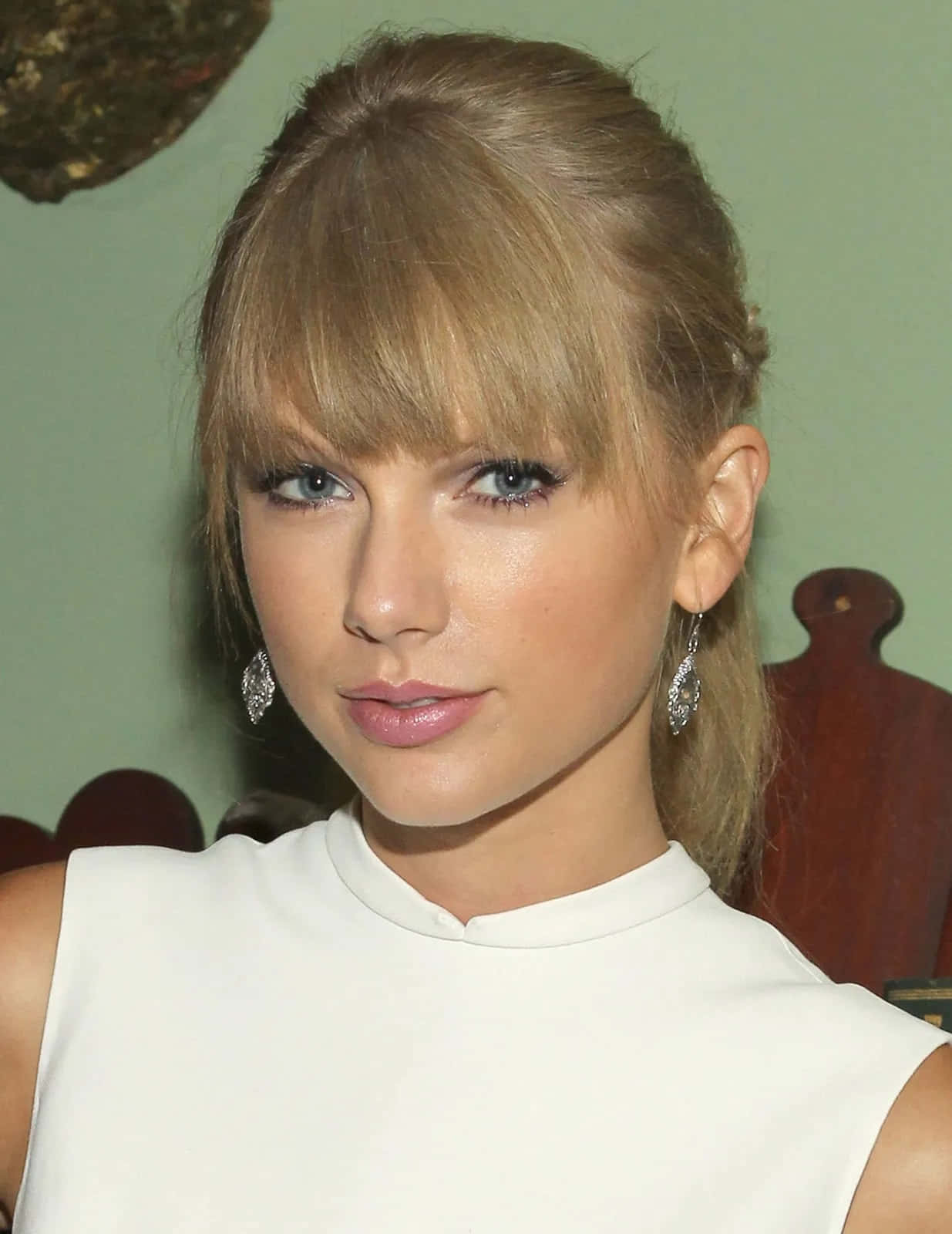Why Understanding pH is Essential for Beauty and Wellness Professionals
Introduction: The Science Behind Beauty and Wellness
For professionals in the beauty and wellness industry, scientific understanding is as vital as artistry. One of the most critical scientific concepts is pH , or potential hydrogen, which measures the acidity or alkalinity of a solution. Mastery of pH is not just technical knowledge-it is a foundation for providing effective, safe, and personalized services that enhance client satisfaction and trust. This guide explores why understanding pH is indispensable for every beauty and wellness professional, with actionable steps to apply this knowledge in daily practice.
What is pH and Why Does it Matter?
pH is a scale ranging from 0 (most acidic) to 14 (most alkaline), with 7 being neutral. Every substance, including our skin, hair, and the products we use, has a specific pH. Human skin naturally sits at a slightly acidic pH, typically between 4.5 and 5.5, which helps maintain the protective barrier known as the
acid mantle
[1]
. This slightly acidic environment wards off harmful bacteria, retains moisture, and keeps skin healthy. Hair and scalp also have pH values, generally ranging from 4 to 5.5, which are crucial for their strength and appearance
[5]
.
The Impact of pH on Skin and Hair Health
When a product’s pH is out of balance with the skin or hair, it can disrupt natural defenses and cause a range of issues:

Source: mbaskool.com
- Dryness and Irritation: Using products with a high or low pH can strip away natural oils, leading to dry, sensitive, or inflamed skin [1] .
- Breakouts and Sensitivity: Disrupted pH can impair the skin’s ability to fight bacteria, resulting in breakouts, redness, or inflammation [3] .
- Weakened Hair and Scalp: Hair exposed to high-alkaline products (like some shampoos or chemical treatments) becomes brittle, dull, and prone to breakage. The scalp may become dry or flaky if its pH is not maintained [5] .
Knowledge of pH allows professionals to prevent and resolve these problems, ensuring effective treatments and healthier outcomes for clients.
Why Beauty and Wellness Professionals Must Understand pH
Mastering pH science is not optional in modern beauty and wellness practice. Here’s why:
1. Safe and Effective Service Delivery
Many procedures-such as facials, chemical peels, hair coloring, and perms-rely on chemical reactions that are highly sensitive to pH. Using improperly balanced products can cause burns, allergic reactions, or damage to skin and hair. Professionals who understand pH can select the right products and monitor results, minimizing risks [4] .

Source: fin-tech.click
2. Personalized Client Solutions
Every client’s skin and hair are unique. Understanding pH enables professionals to assess and address individual needs, choosing products and treatments with the correct pH for the client’s specific concerns [2] . For example, someone with sensitive skin may require products closer to the natural skin pH, while oily skin might benefit from slightly more acidic formulations.
3. Product Selection and Formulation
Professionals trained in pH can read and interpret product labels, understanding which ingredients and pH levels are best suited to different services. This skill is crucial when recommending retail products or creating custom blends for treatments. Choosing the right pH-balanced products protects the skin’s barrier and avoids unnecessary irritation or damage [3] .
4. Preventing Long-Term Damage
Repeated use of products with incorrect pH can cause cumulative damage-leading to premature aging, chronic sensitivity, or weakened hair. By maintaining proper pH, professionals help clients avoid these issues and encourage long-term health [1] .
5. Building Client Trust and Professional Reputation
Clients trust professionals who demonstrate scientific knowledge and prioritize their well-being. Explaining the role of pH-such as why a certain product is chosen or why a patch test is performed-shows expertise and care, leading to better client retention and referrals.
How to Apply pH Knowledge in Professional Practice
To implement pH science in your beauty or wellness services, follow these steps:
Step 1: Assess Client Needs
Begin each appointment with a thorough consultation. Ask about previous skin or hair reactions, sensitivities, and current routines. Use this information to guide product and treatment choices. Some professionals use pH testing strips (readily available from beauty supply stores) to check the actual pH of a client’s skin or hair for a more personalized approach.
Step 2: Choose and Use pH-Balanced Products
Opt for products labeled as pH-balanced, ideally within the 4.5-5.5 range for skin and scalp. When in doubt, consult the manufacturer’s data sheets or contact the product company for pH values. For treatments like chemical peels or hair relaxers, always follow manufacturer instructions regarding pH and neutralization steps to protect the client’s barrier function.
Step 3: Educate Clients on Home Care
After treatments, provide educational advice on maintaining pH at home. Recommend gentle, pH-balanced cleansers and conditioners. Advise clients to avoid harsh soaps, over-exfoliation, or frequent chemical treatments that can disrupt pH. Encourage them to look for products designed for sensitive or color-treated hair, which are often formulated with optimal pH in mind.
Step 4: Monitor and Adjust Regularly
Regularly review client outcomes and update recommendations as needed. If a client experiences irritation or other adverse reactions, assess whether pH imbalance may be the cause and adjust product choices accordingly. Documenting changes and results helps track improvements and demonstrates a commitment to client health.
Alternatives and Troubleshooting
If pH-balanced products are not available, you can:
- Contact product manufacturers for pH data before use.
- Use pH testing strips to check products or solutions before application.
- Choose gentler, fragrance-free options, which are often closer to skin’s natural acidity.
If a client reacts to a product, rinse thoroughly with lukewarm water and apply a soothing, pH-balanced moisturizer. Refer to a dermatologist for persistent or severe reactions.
Staying Current: Ongoing Education and Trends
The field of pH science in beauty is evolving, with new research and advanced formulations emerging regularly. To stay at the forefront, beauty and wellness professionals should:
- Participate in accredited continuing education programs offered by professional associations or local colleges. These courses often include modules on cosmetic chemistry and pH science.
- Attend industry trade shows and conferences to network and learn about the latest products and technologies.
- Subscribe to reputable industry publications and follow updates from recognized authorities, such as the American Board of Cosmetology or the International Dermal Institute.
For more in-depth knowledge, you can search for “cosmetic chemistry pH course” or “skin barrier function training” via official educational portals or your regional licensing board. If you are seeking product-specific pH data, contact the manufacturer’s customer service department or access their official website for safety data sheets.
Conclusion: Empowering Professional Practice Through pH Knowledge
Understanding and applying pH science empowers beauty and wellness professionals to deliver safer, more effective results. By protecting the natural barriers of skin and hair, choosing the right products, and educating clients, professionals build their reputation and ensure long-term client satisfaction. Continued education and attention to scientific advancements will keep you at the top of your field-the ultimate blend of art and science in beauty and wellness.
References
- [1] withSimplicity (2025). Why pH is Important in Skincare.
- [2] Stoa Indústria (2023). Importance of pH in Cosmetics: Understand!
- [3] Atlas Scientific (2024). The Importance of pH In Cosmetics And Skincare.
- [4] Sensorex (2023). The Significance of Skin pH in Cosmetics Manufacturing.
- [5] Meridian College (2024). Why is pH So Important for Scalp and Hair Health?
MORE FROM searchhole.com













